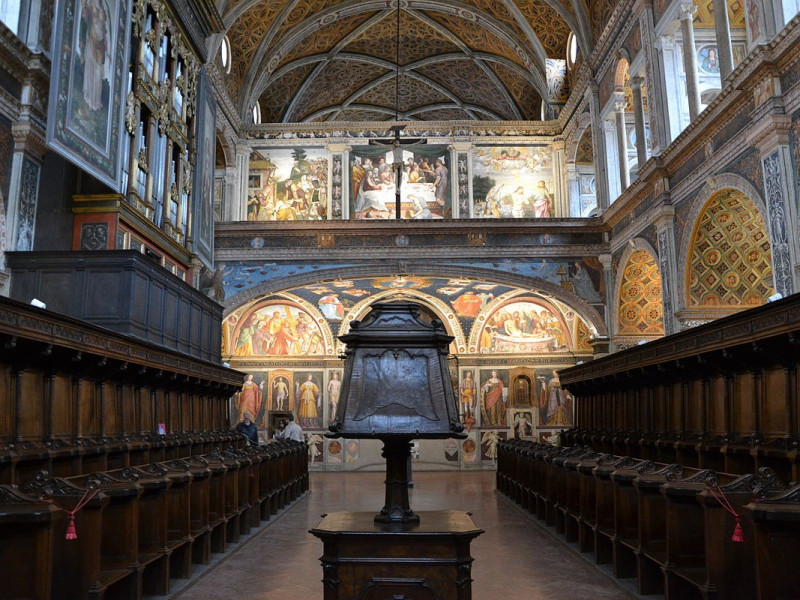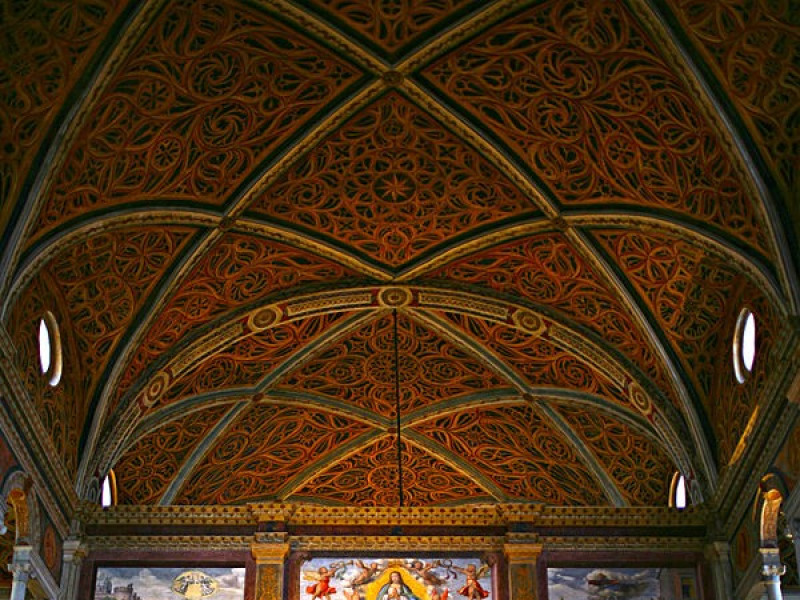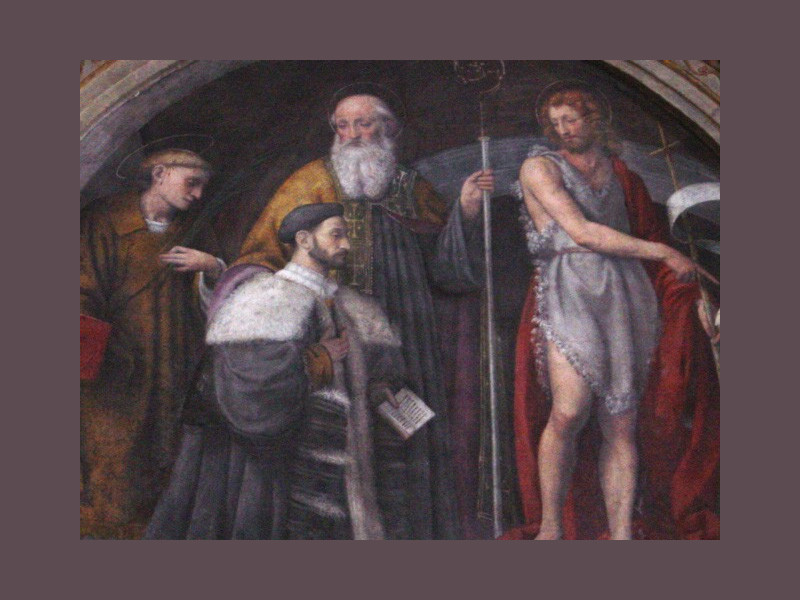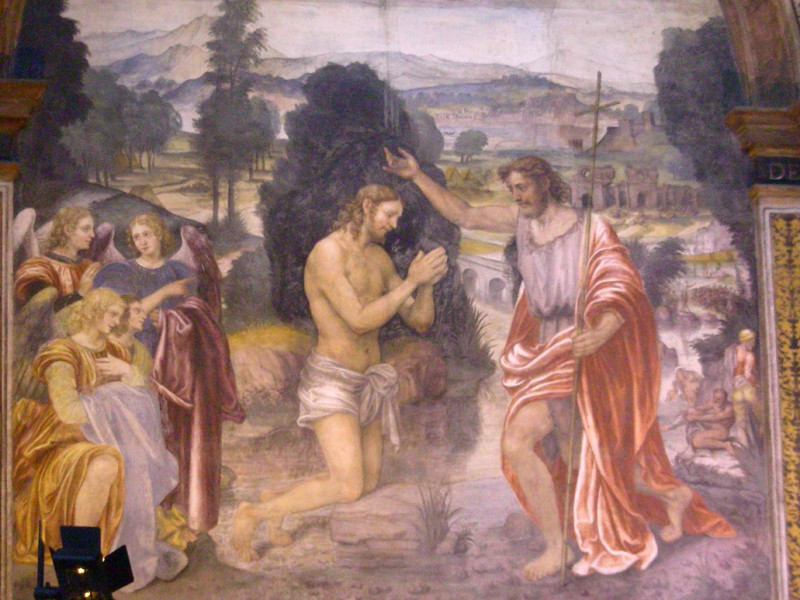Chiesa e Monastero di San Maurizio Maggiore
San Maurizio al Monastero Maggiore is a church of early Christian origin, rebuilt in the sixteenth century and already home to the most important female Benedictine Monastery in Milan. Located on the corner between Via Luini and Corso Magenta, it is internally decorated with a vast cycle of frescoes by Leonardesque school and is referred to as "Sistine Chapel" of Milan. The church, which also included a Crypt, now included in the tour of Archaeological Museum, was conceived divided into two parts: a front hall dedicated to the faithful and a back room reserved exclusively for the nuns. The imposing fresco decoration, which makes the temple famous, praised by Ruskin and Stendhal, was begun in the second decade of the sixteenth century, by authors of the school of Leonardo da Vinci engaged in those years in Milan (perhaps Giovanni Antonio Boltraffio). The frescos in the side chapels, almost all in the patronage of personalities linked to Bentivoglio family, were built during the sixteenth century. The majority, together with the organ, are due to an intervention of 1555, probably in compliance with the dictates of Council of Trent.





